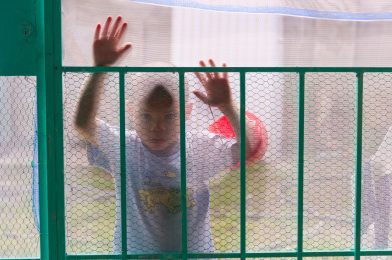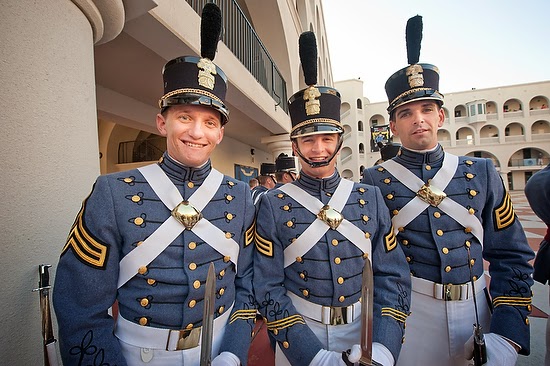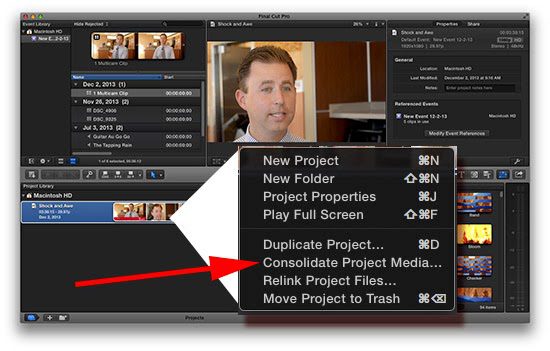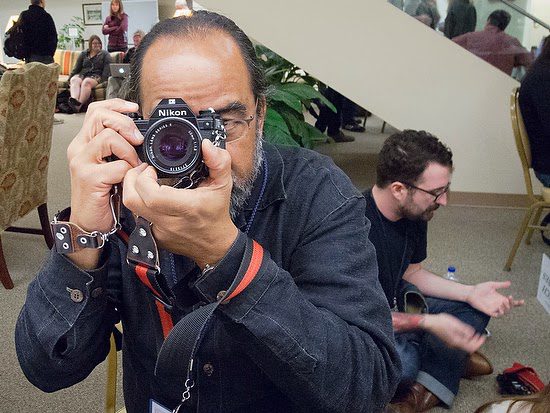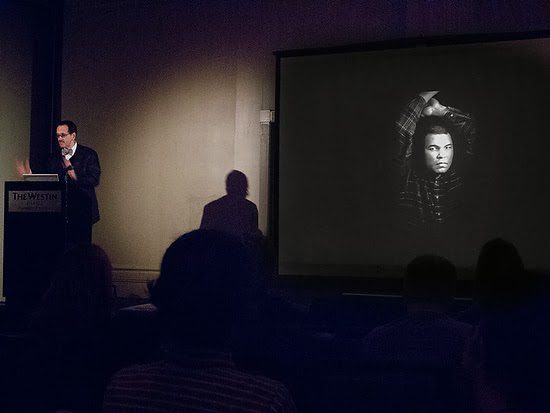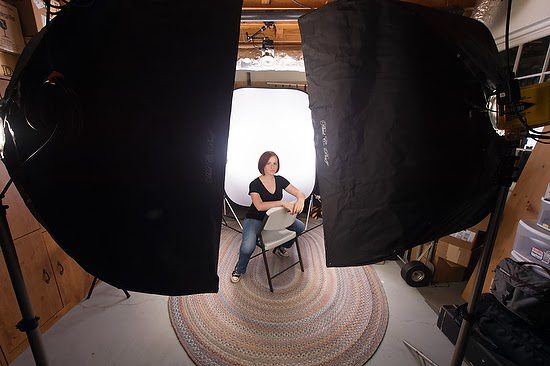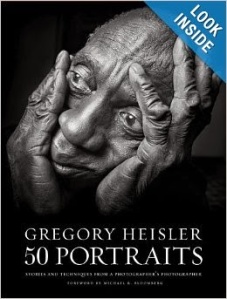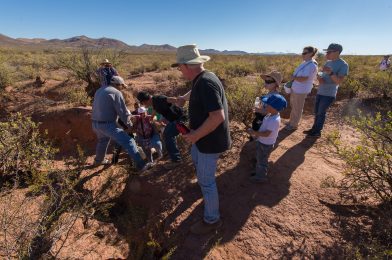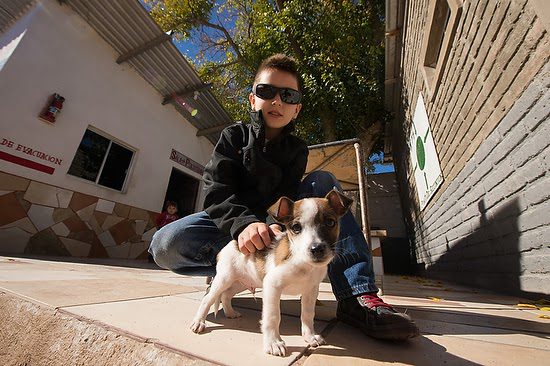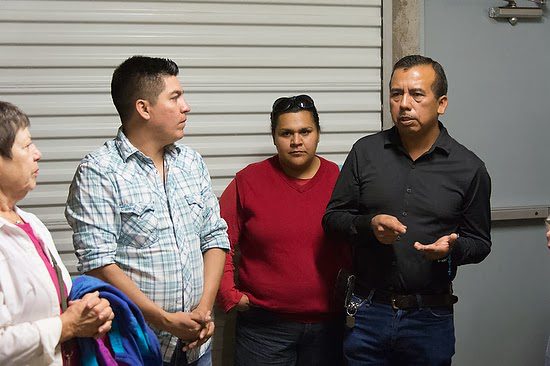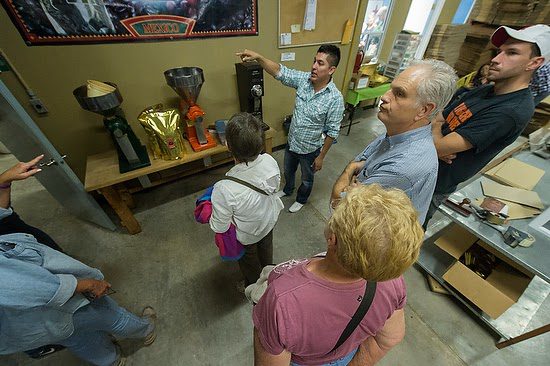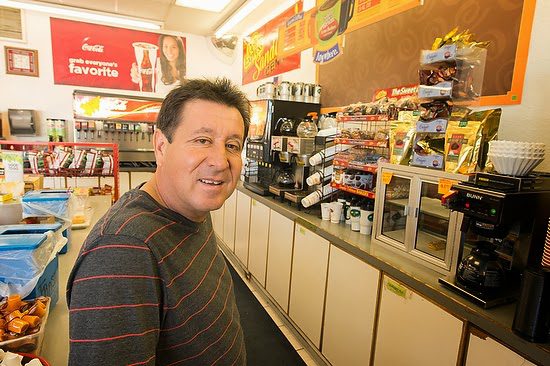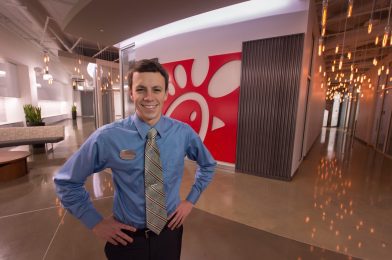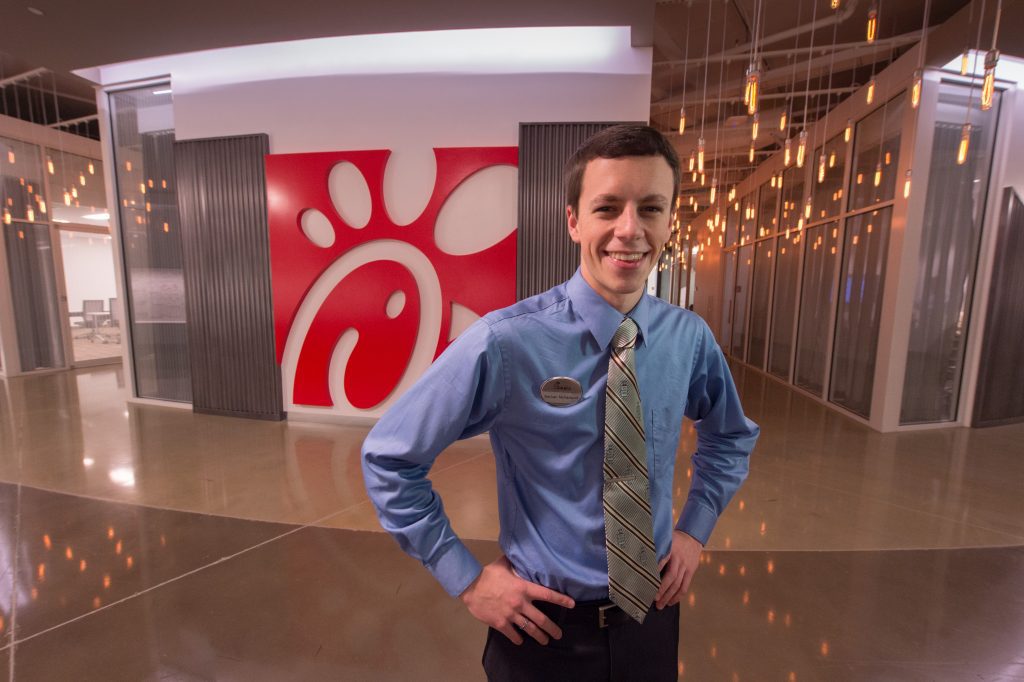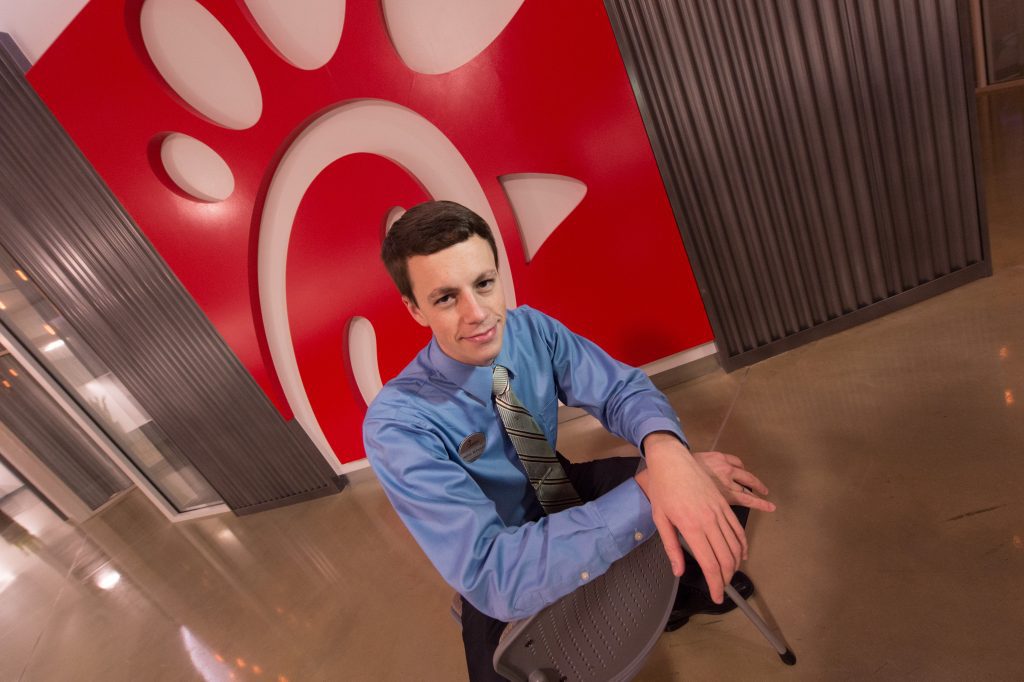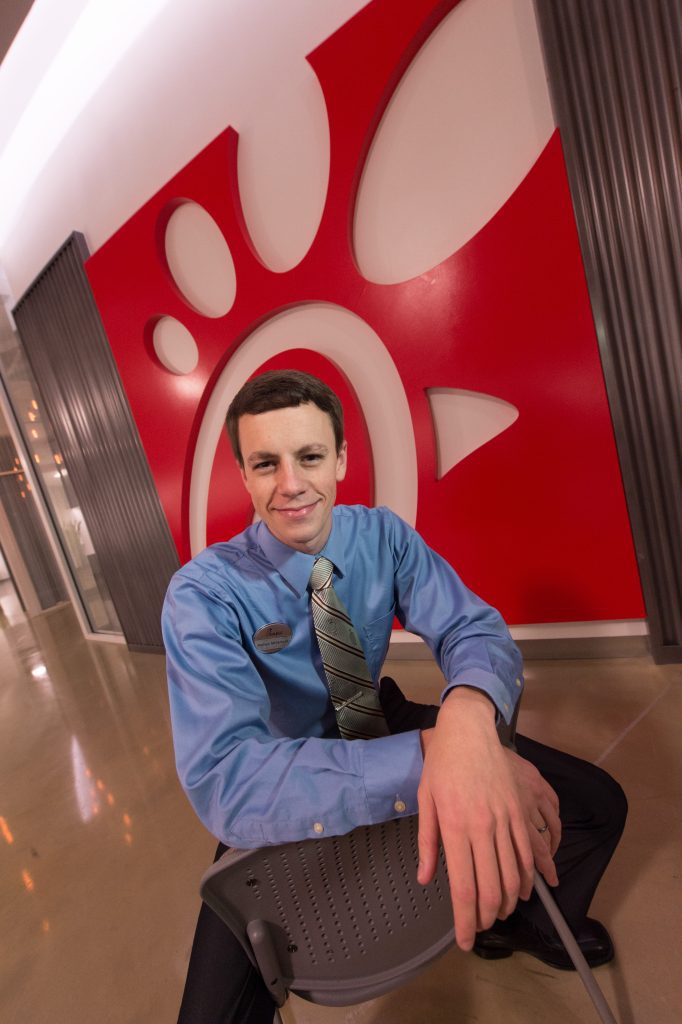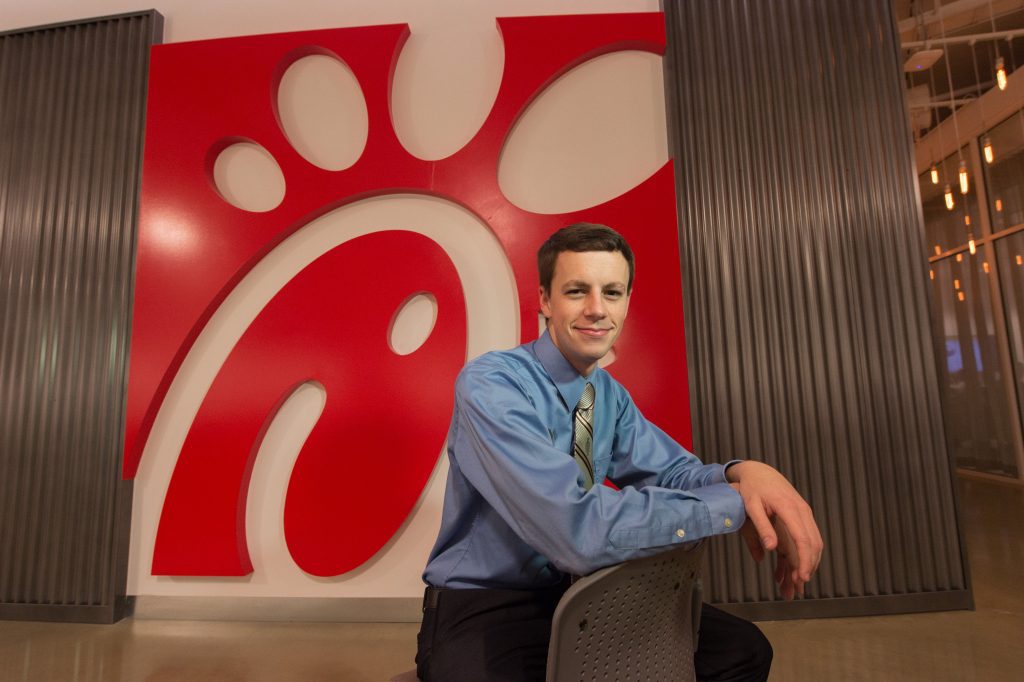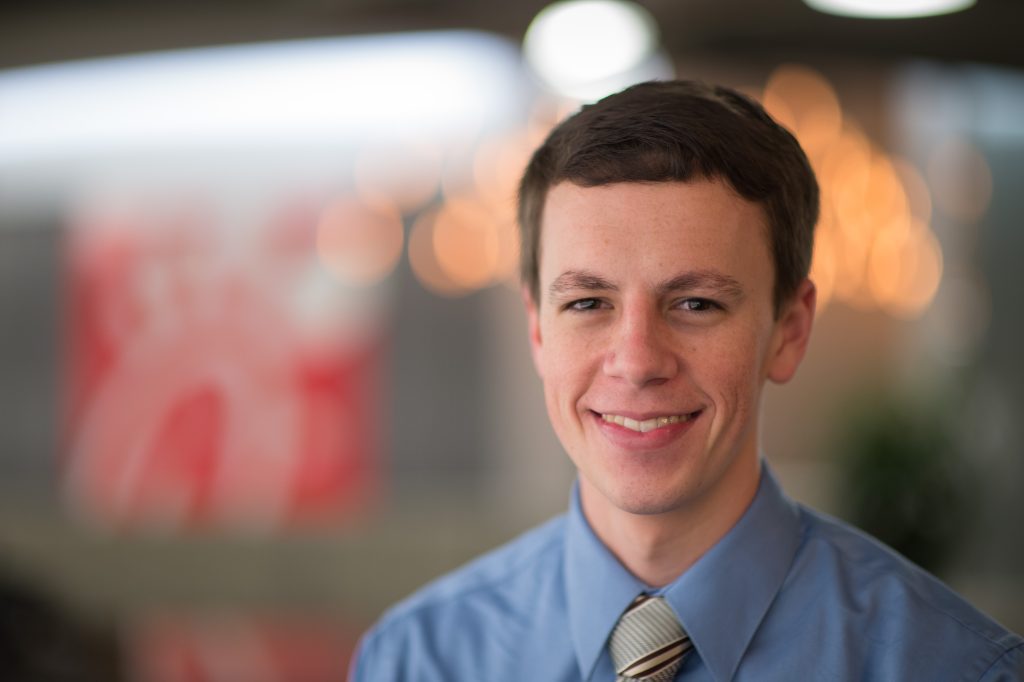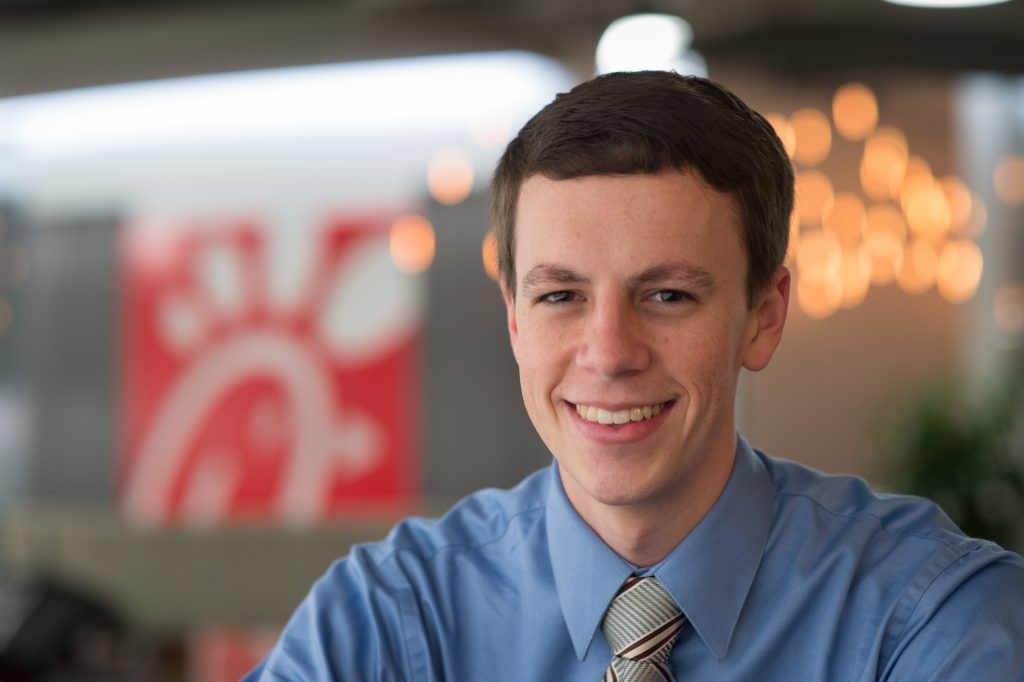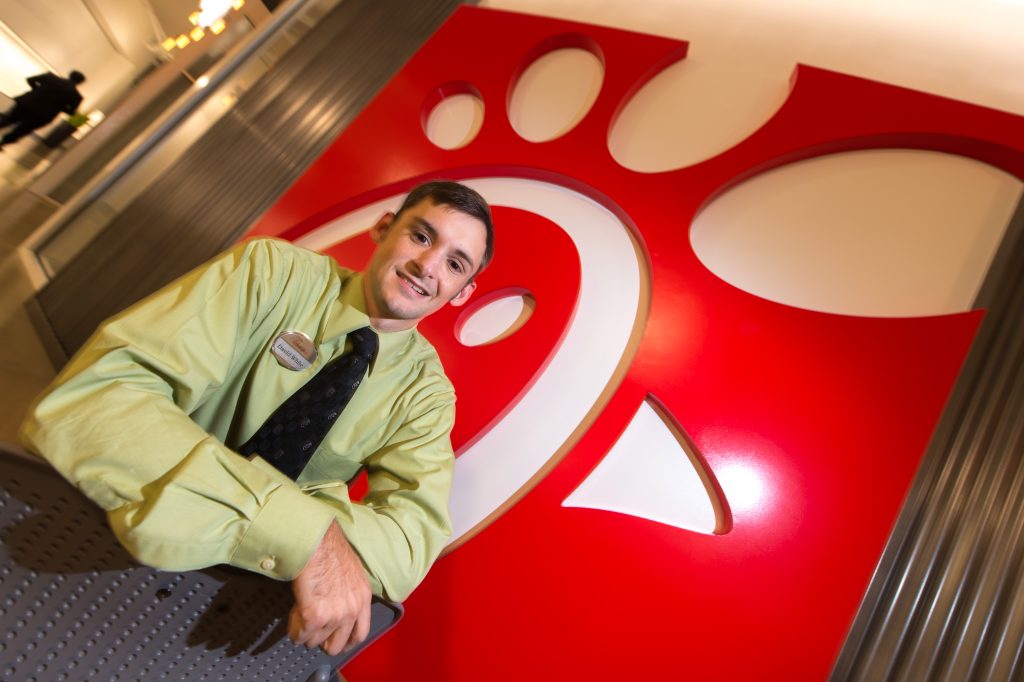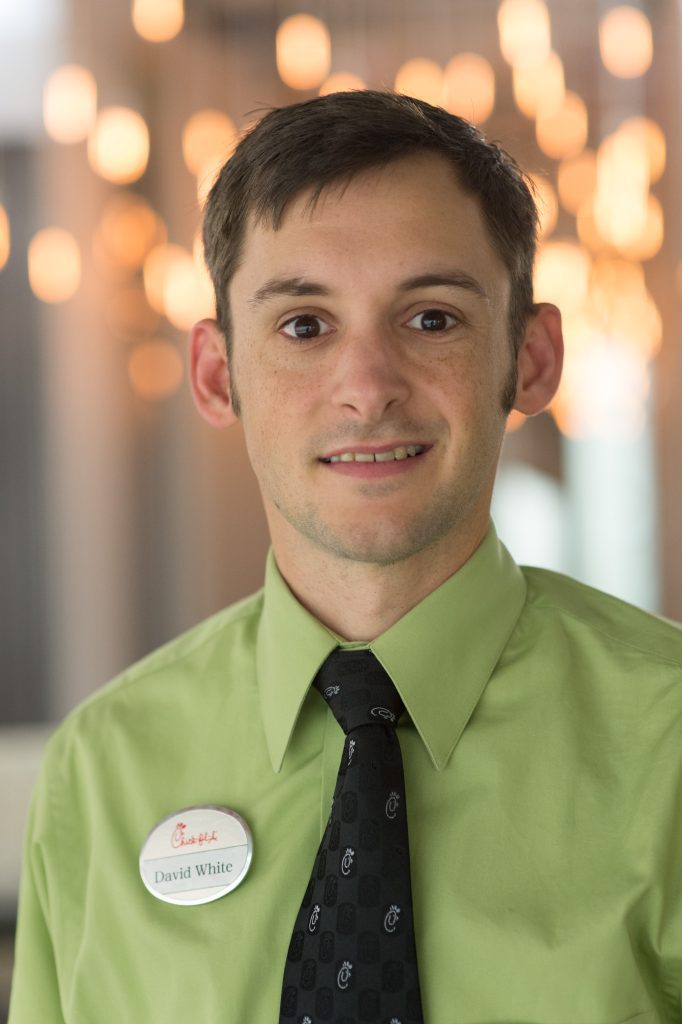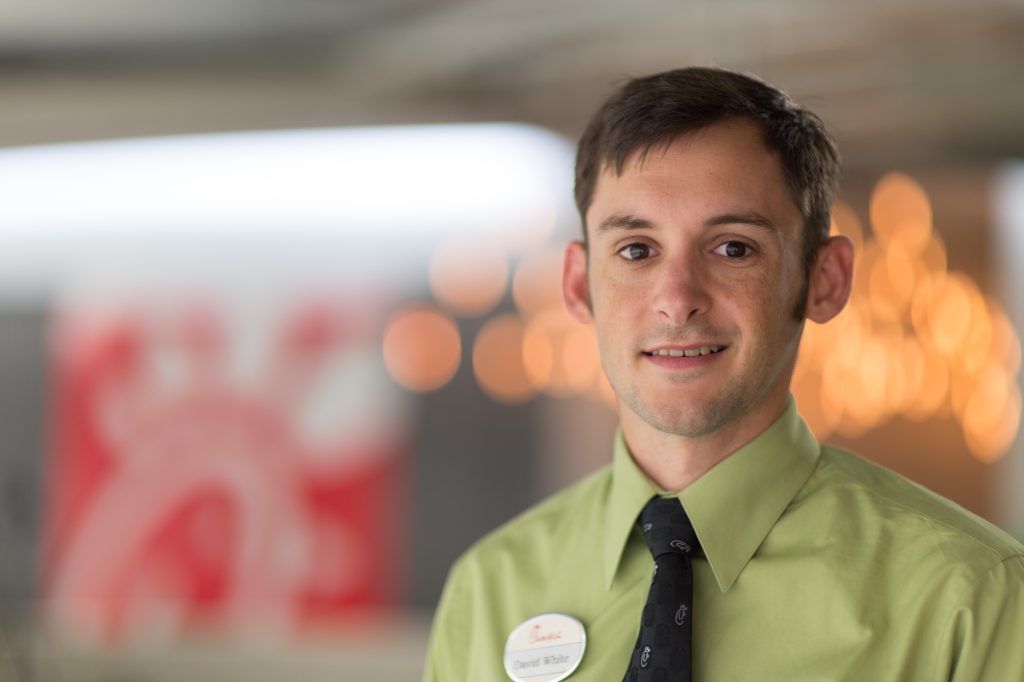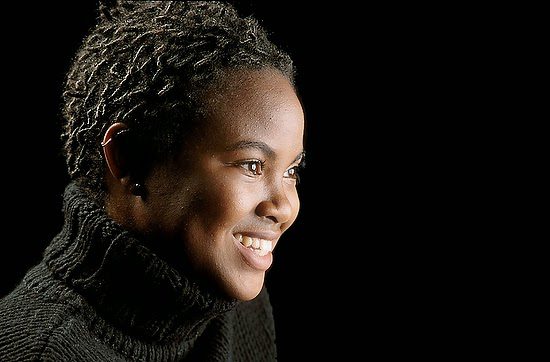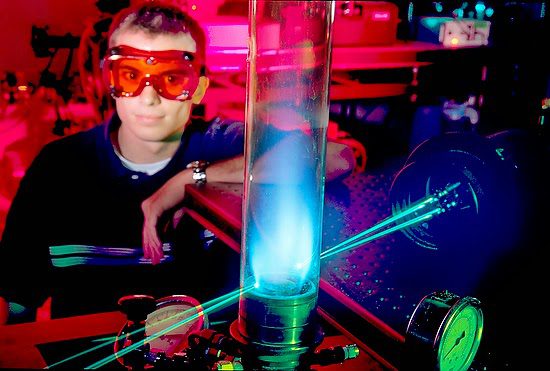Regularly I am asked for advice on how to become a photographer. I average doing this about three to four times a month. So I decided I needed to write a blog to help people with some advice I provide everyone. Much of my comments come from my Christian perspective.
First, I need to try and talk you out of being a photographer, but I wrote on this earlier HERE. So be sure and read it as well.
What do you like to photograph?
I am surprised how often, when I ask this question, people pause and have to think about this question. If you are unsure, this is a great indication you love the process of photography and have no clue that photography is about a subject, not the gear.
Subjects people like to photograph [there are more than here]
• People
• Animals
• Still life
• Nature
• Sports
Who buys these kinds of photographs?
Again I am surprised that many folks do not know who buys photos. Photography is a business, and it provides a service to some markets. How will your photographs help this marketplace? Why do people need your photos?
What kind of lifestyle do you want?
You would be surprised how many people want to be a war photographer and have a family. I think of my friend Tom Kennedy, former director of National Geographic’s photography, who constantly talked with his photographers as they went through divorces.
Even the Apostle Paul talked about lifestyle choices.
1 Corinthians 7:8 (NIV)
Now to the unmarried and the widows, I say: It is suitable for them to stay unmarried, as I do.
Match your subject to your lifestyle choice
Take the time to explore all the kinds of photography you could do, and then look for ways this can dovetail with your lifestyle desires. It is easier to have narrowed this to something realistic than to continue to dream without some reality.
Not always logical
2 Corinthians 12:10 (NIV) That is why, for Christ’s sake, I delight in weaknesses, in insults, in hardships, in persecutions, in difficulties. For when I am weak, then I am strong.
One would be surprised to hear that I have Asperger’s Syndrome. The characteristics of Asperger’s are significant difficulties in social interaction and nonverbal communication. I bring this up because spending a lifetime struggling with Asperger’s syndrome has sensitized me and made me a better communicator. I had to think about situations and try and understand them more than most to communicate what I needed.
This weakness became my strength. People with Asperger syndrome often display intense interests, as I have in photography.
I played to my strengths to help overcome many of my weaknesses. I was learning that I did something better than many others because of my wiring.
I believe every person has strengths and weaknesses. How this applies to your profession, like photography, is to look at what it takes to be successful in that profession.
Like most folks, you will notice you have some weaknesses required to succeed. However, you will also discover you have some natural talents that help you excel. Learn to play to your strengths. Please don’t ignore your weaknesses; acknowledge them and find people to help you.
Maybe you will outsource marketing to someone, so you can concentrate on what you do best. However, to be successful, you still must market yourself. You don’t have to do all this yourself. That is the key to success. Know your weaknesses and strengths. Know what you need to do in your chosen field to succeed, and be sure you excel, even if that means getting help.

